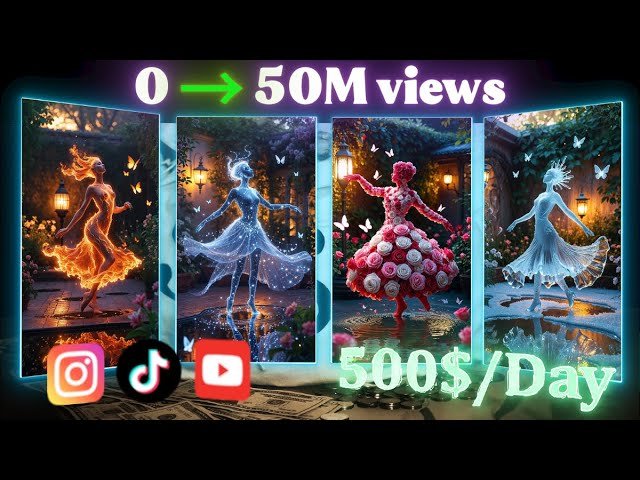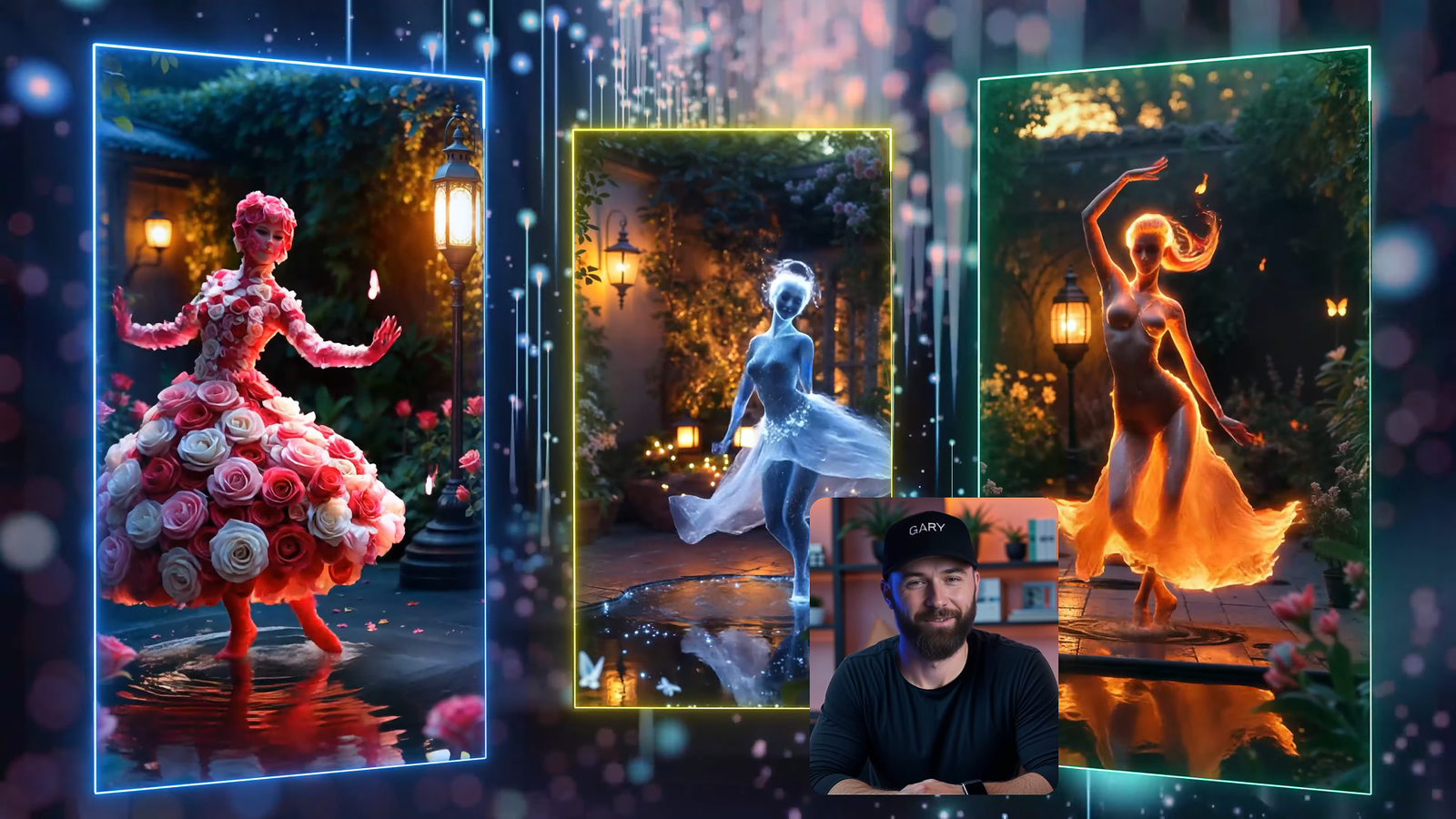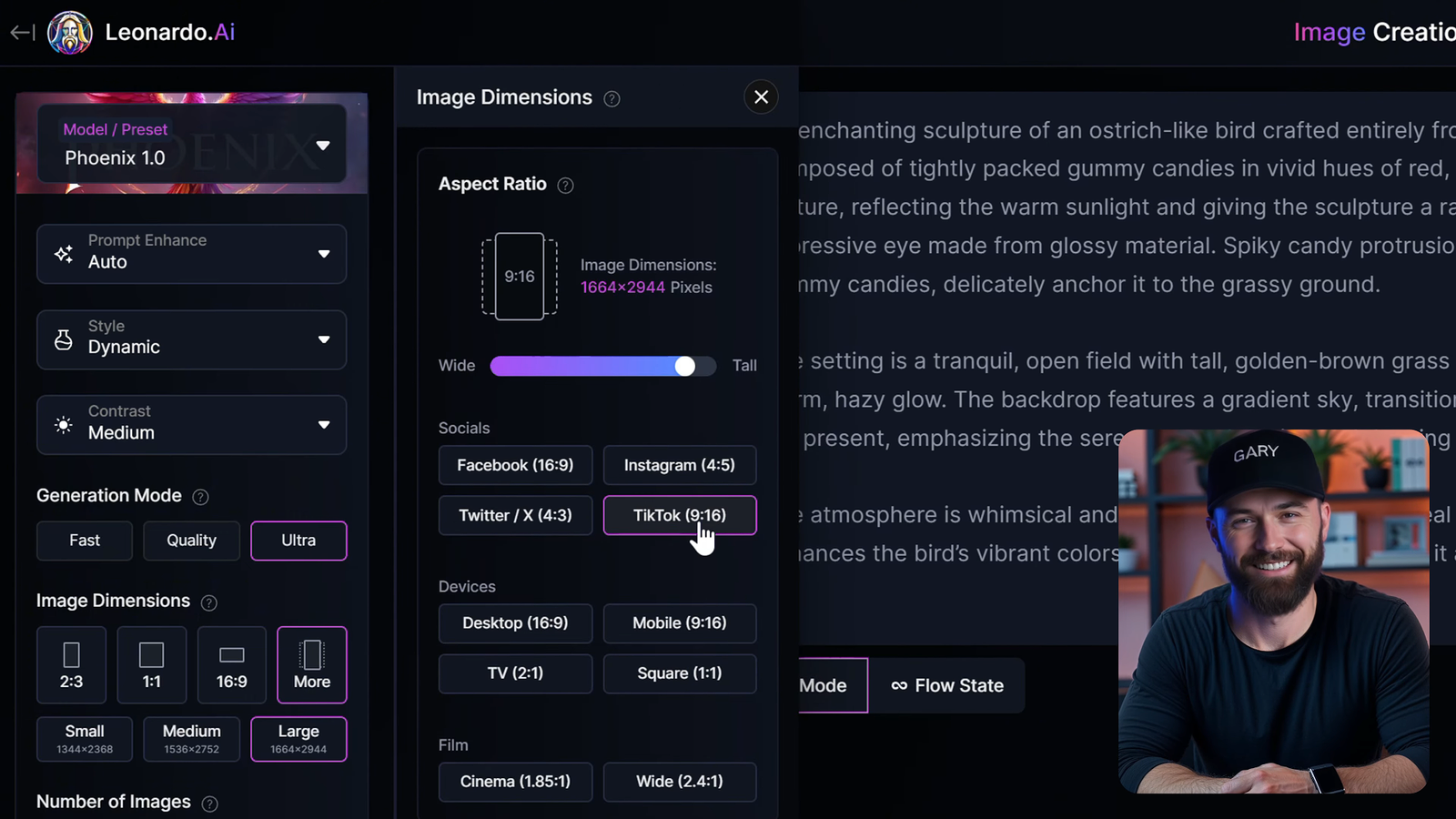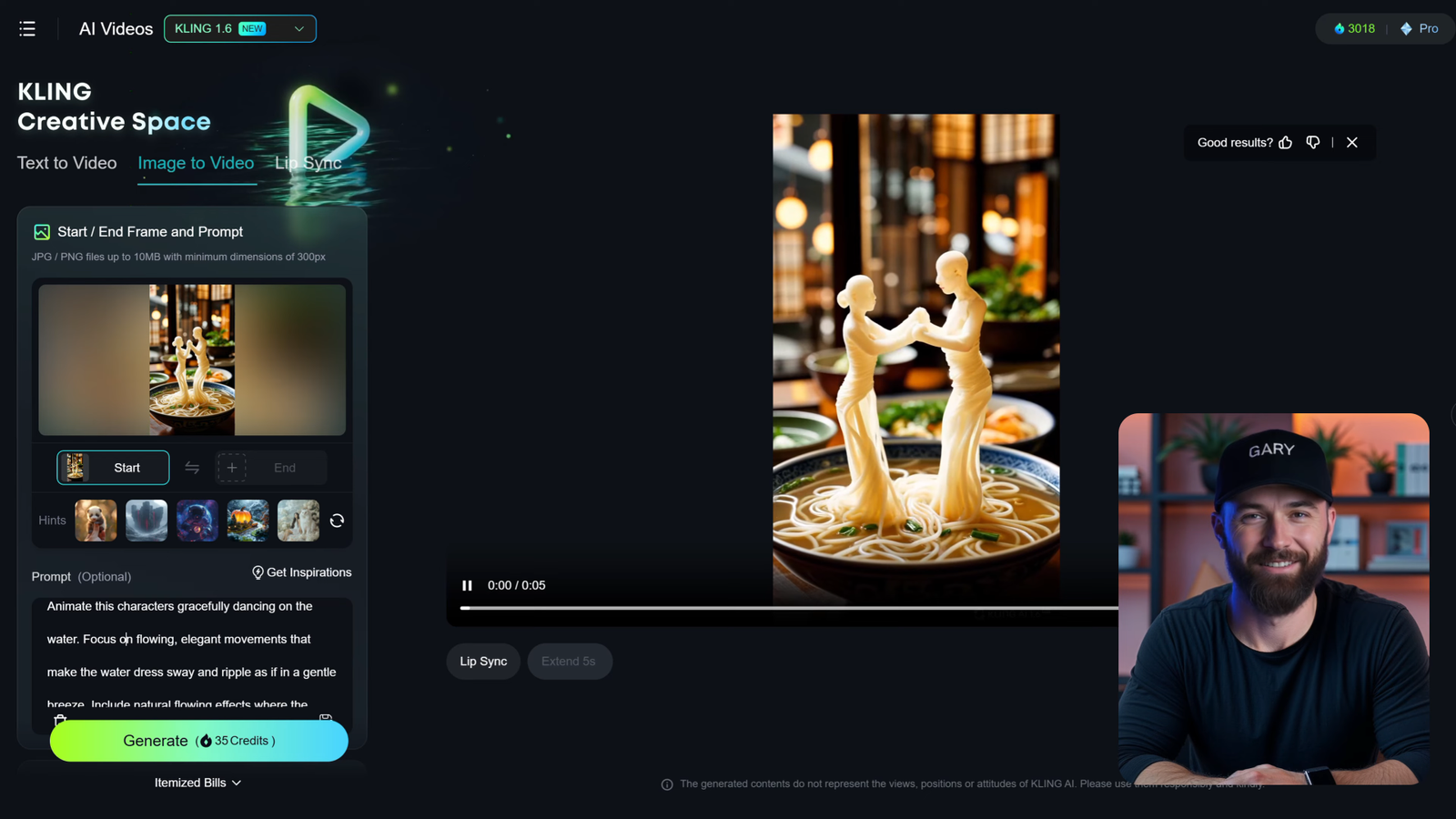
Have you ever seen videos where a woman transforms into noodles, fire, water, or flowers, dancing in a magical way? These mesmerizing transformations are taking over Instagram and TikTok, and today, I’m going to show you exactly how to create your own stunning AI-generated videos!
I’ll guide you through the entire process—from crafting the perfect prompts, generating AI images, and turning them into share-worthy videos that will grab everyone’s attention.
For those of you who are new here—welcome! If you have a video idea you’d like me to explain, just leave a comment, and I’ll show you how to make it happen.

Step 1: Creating the Right AI Prompts
The most important step in making AI-generate videos is knowing how to create the right prompts. If you don’t know exactly what commands were used by other video creators, don’t worry—you can reverse-engineer the process.
- Pick an image from a video you like.
- Use ChatGPT to generate a prompt based on that image.
- Enter this command in ChatGPT:“Provide a detailed description of this image, capturing as many elements as possible, including colors, textures, objects, and the overall mood.”
ChatGPT will give you a detailed prompt, but it may not be 100% accurate yet. Now, it’s time to test it!

Step 2: Generating AI Images with Leonardo AI
Once you have your optimized prompt, you’ll use Leonardo AI to generate the image. Leonardo AI is one of the best text-to-image tools available. Here’s how to use it:
- Go to Leonardo AI and copy the ChatGPT-generated prompt into the prompt box.
- Select the model: Choose Phoenix 1.0 (the latest version).
- Set up your image:
- Prompt Enhance: Default settings
- Style & Contrast: Default settings
- Generation Mode: Ultra
- Image Dimensions: 9×16 (for vertical videos)
- Number of Images: 4 (default for free users)
- Click Generate and wait for the results.
If your AI-generated image needs fine-tuning:
- Click Image-to-Image and upload the original image.
- Adjust the strength setting (start with 0.3 to balance accuracy and creativity).
- Generate several times until you get the perfect image.

Step 3: Animating Images into Videos with KLING AI
Now that you have your images, let’s bring them to life using KLING AI.
- Open KLING AI and choose AI Videos.
- Select Version 1.6 (best for high-quality animations).
- Upload your AI-generated image.
- Use this animation prompt for better results:“Animate this noodle character gracefully dancing in a bowl of noodles. Focus on flowing, elegant movements that make the noodle strands sway and ripple. Include natural flowing effects where the noodles blend seamlessly, giving a sense of constant motion.”
- Set the animation settings:
- Creativity Level: 0.5 (higher values = closer to the prompt)
- Professional Mode: ON
- Duration: 5 seconds
- Click Generate and review the results. You should now see a beautifully animated video with smooth, flowing movements and stunning visual effects!

Step 4: Expanding Creativity with New Variations
Want to create even more unique transformation videos? Here’s how:
- Modify your prompt in ChatGPT to create different themes:
- Replace “noodle” with “ice, stars, smoke, sand, glass, or rose petals”.
- Repeat the process:
- Generate new images in Leonardo AI.
- Animate them using KLING AI.
By following these steps, you can create multiple unique transformation videos that will keep your audience engaged!
Final Thoughts: Your Path to Viral AI Videos
By now, you’ve learned how to: ✅ Generate AI images with consistent styling ✅ Animate them into mesmerizing videos ✅ Expand your creativity with endless transformation ideas

🚀 If you enjoyed this tutorial, don’t forget to like, comment, and subscribe for more AI video-making tips. Let’s create more viral content together!

Leave a Reply